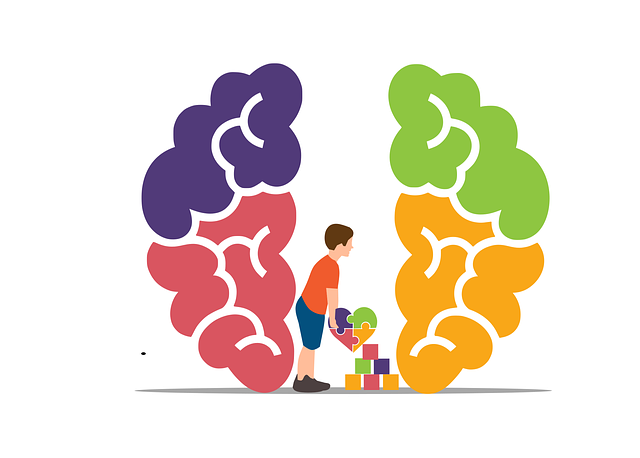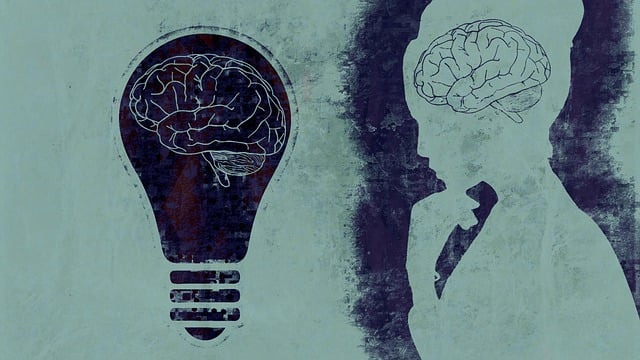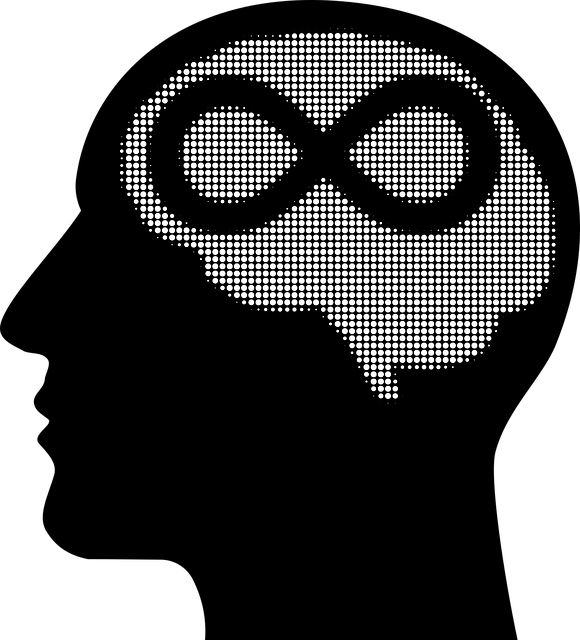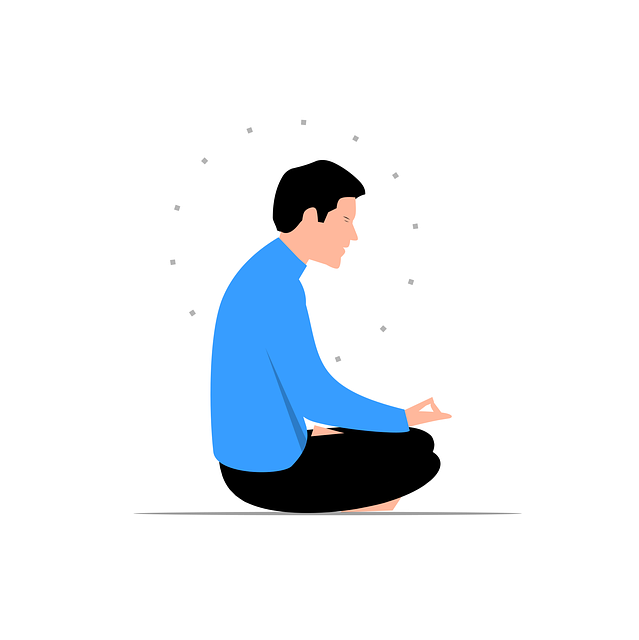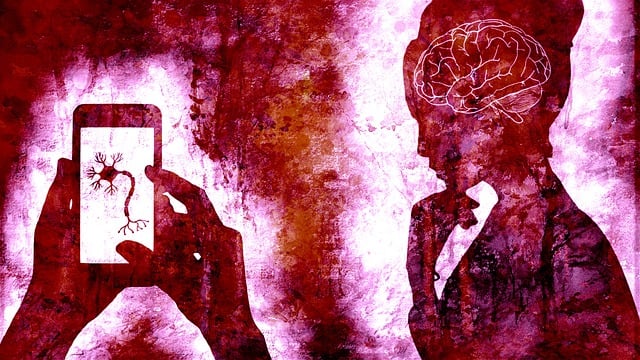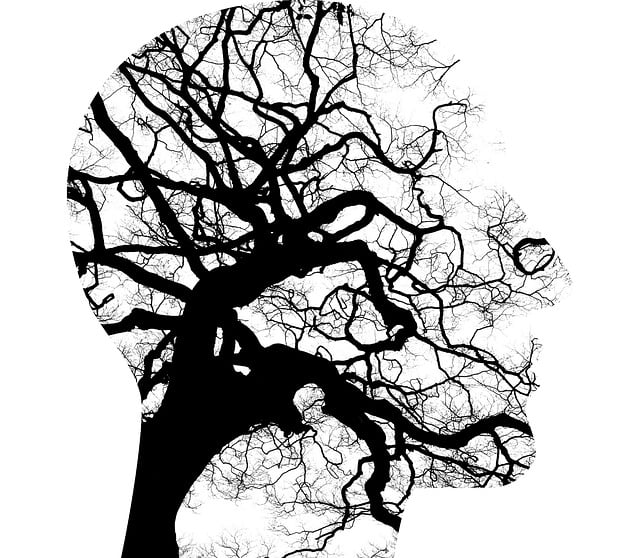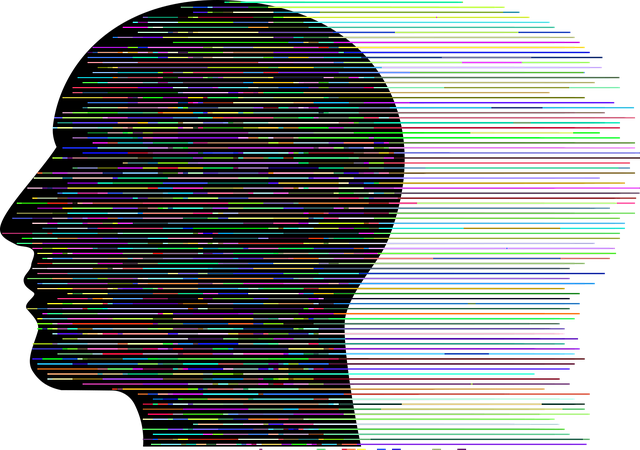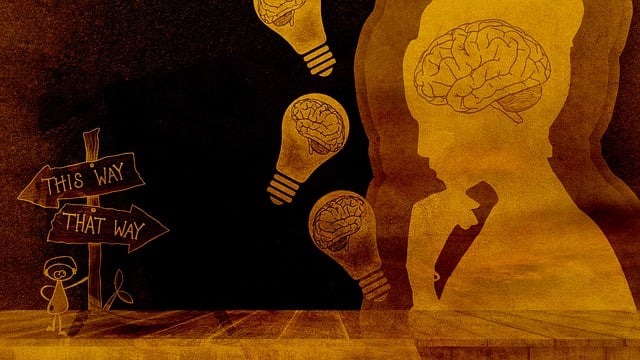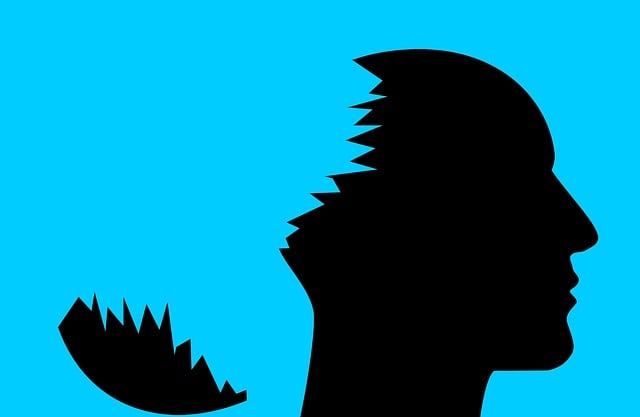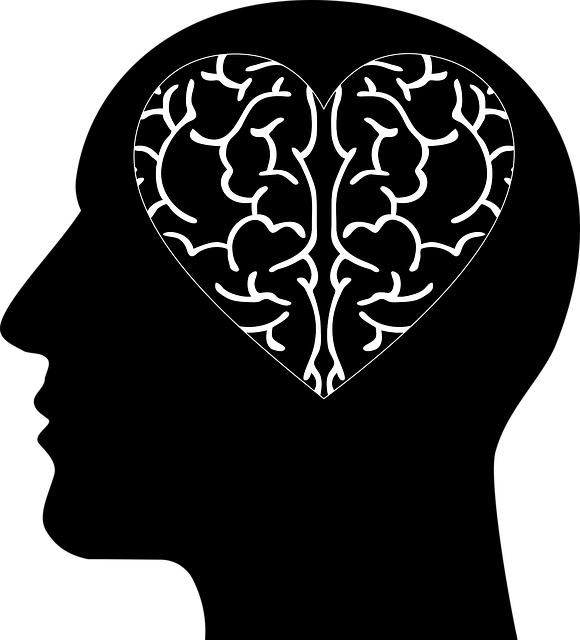Mental wellness journaling combined with Superior EMDR Certified Therapy is an effective self-care tool for emotional healing and self-discovery. By committing thoughts to paper in a dedicated, tranquil space, individuals can identify triggers, process traumatic memories, and gain valuable insights. This practice fosters inner strength, mindfulness, and emotional regulation skills, empowering individuals to take control of their mental wellness journey through introspection and reflection. Regular journaling serves as an effective crisis intervention and prevents burnout by providing perspective and conscious choices for better emotional responses.
“Unleash your inner peace with the transformative power of mental wellness journaling. This comprehensive guide explores how this simple yet effective practice can significantly enhance your emotional wellbeing. We delve into the benefits of using journaling as a self-care tool, incorporating techniques from Superior EMDR Certified Therapy to process traumatic memories and unlock hidden insights. From creating a nurturing journal space to integrating mindfulness, discover steps to cultivate long-term mental wellness through this powerful personal journey.”
- Understanding Mental Wellness Journaling: A Powerful Self-Care Tool
- The Role of EMDR Therapy in Enhancing Journaling Exercises
- Setting Up Your Journal: Creating a Safe and Personal Space
- Effective Writing Techniques for Uncovering Emotional Insights
- Integrating Mindfulness and Reflection for Long-Term Wellbeing
Understanding Mental Wellness Journaling: A Powerful Self-Care Tool

Mental wellness journaling is a profound self-care practice that empowers individuals to navigate and understand their emotional landscapes. By committing thoughts, feelings, and experiences to paper, one can gain invaluable insights into their mental health. This process acts as a catalyst for self-reflection, enabling people to identify patterns, triggers, and sources of stress or joy in their lives. Moreover, it facilitates the development of inner strength and boosts confidence through the act of expressing oneself honestly.
In today’s fast-paced world, where demands on our time and mental energy are ever-present, taking a moment to journal can serve as a form of superior EMDR (Eye Movement Desensitization and Reprocessing) certified therapy. This technique, often associated with trauma healing, facilitates the release of repressed emotions and memories, promoting overall mental wellness. Incorporating social skills training within this practice may further enhance its benefits by fostering connections between individuals and enabling them to share their journeys, ultimately enriching their experiences and supporting each other’s growth.
The Role of EMDR Therapy in Enhancing Journaling Exercises

Incorporating Superior EMDR Certified Therapy into your mental wellness journaling practice can significantly enhance emotional healing processes and deepen self-discovery. Eye Movement Desensitization and Reprocessing (EMDR) is a powerful therapy that facilitates the brain’s natural ability to heal from traumatic memories or distressing events. During an EMDR session, certified therapists guide clients through side-to-side eye movements while they recall traumatic experiences, helping to process and resolve the associated emotions and beliefs. This method, backed by extensive research, allows for a safe space to confront and release repressed feelings, making it an invaluable tool for journaling exercises.
By combining EMDR therapy with reflective journaling, individuals can transform their mental wellness journey. Journaling prompts, such as “Describe a recent emotional trigger and how it made you feel,” can be used to identify recurring themes or patterns in one’s thoughts. Following an EMDR session, clients can then use their journal to record the insights gained, the changes observed in their emotions, and any new perspectives. This two-pronged approach—the structured nature of journaling combined with the profound emotional release of EMDR—can lead to more meaningful reflection, improved risk management planning for mental health professionals, and enhanced social skills training through increased self-awareness.
Setting Up Your Journal: Creating a Safe and Personal Space

Creating a dedicated space for your journal is an integral part of establishing a healthy mental wellness routine. This area should be free from distractions and reflect your personal preferences, making it a sanctuary for self-reflection. Consider a quiet corner of your home where you can sit comfortably with your thoughts. A desk by the window or a cozy armchair in a serene room could be ideal. Surround yourself with items that bring you peace; this might include soft lighting, plants, or even a few meaningful artifacts.
By setting up this safe haven, you’re taking a significant step towards prioritizing your mental health. It allows for a mindful practice where you can explore your thoughts and emotions freely. With the guidance of superior EMDR certified therapy, emotional regulation becomes more accessible. This space encourages empathy building strategies and fosters an understanding of mind over matter principles, enabling you to take control of your mental wellness journey.
Effective Writing Techniques for Uncovering Emotional Insights

Unleashing emotional insights through journaling is a powerful tool for personal growth and healing. When combining this practice with techniques from Superior EMDR Certified Therapy, individuals can gain profound understanding into their mental wellness journeys. One effective writing technique involves setting a timer and freely writing without censorship or editing. This stream-of-consciousness method allows thoughts to flow unfiltered, potentially uncovering hidden emotions or memories related to past experiences.
Incorporating self-reflection questions like “What am I feeling right now?” or “Where does this emotion originate from?” can further guide the journaling process. By engaging in regular Self-Care Routine Development for Better Mental Health practices, individuals cultivate inner strength and resilience. This journey of introspection, combined with Trauma Support Services when needed, empowers individuals to embrace their emotional landscapes and foster a deeper connection with themselves, ultimately enhancing their overall mental wellness.
Integrating Mindfulness and Reflection for Long-Term Wellbeing

Integrating mindfulness and reflection into your daily routine is a powerful tool for fostering long-term mental wellness. This practice, often encouraged by superior EMDR Certified Therapy, goes beyond simply managing immediate distress. It involves cultivating awareness of thoughts and emotions as they arise, without judgment, allowing individuals to develop emotional regulation skills. By taking time each day to journal, you can create a safe space for introspection, processing past experiences, and understanding current triggers.
This consistent practice acts as an effective crisis intervention guidance, helping to prevent burnout by providing a sense of control and perspective. Through mindful reflection, individuals learn to recognize patterns of thinking that may contribute to stress or anxiety, enabling them to make conscious choices for better emotional responses. Embracing this approach supports overall well-being by fostering resilience and a deeper connection with oneself.
Mental wellness journaling is a versatile self-care tool that, when combined with evidence-based practices like Superior EMDR Certified Therapy, can significantly enhance emotional insights and long-term mental wellbeing. By creating a safe and personal space to write, integrating mindfulness techniques, and reflecting on one’s experiences, individuals can navigate their emotions more effectively and cultivate resilience. This comprehensive approach to journaling invites folks to delve into their inner landscape, uncover hidden truths, and foster transformative growth – ultimately revolutionizing their mental wellness journey.
